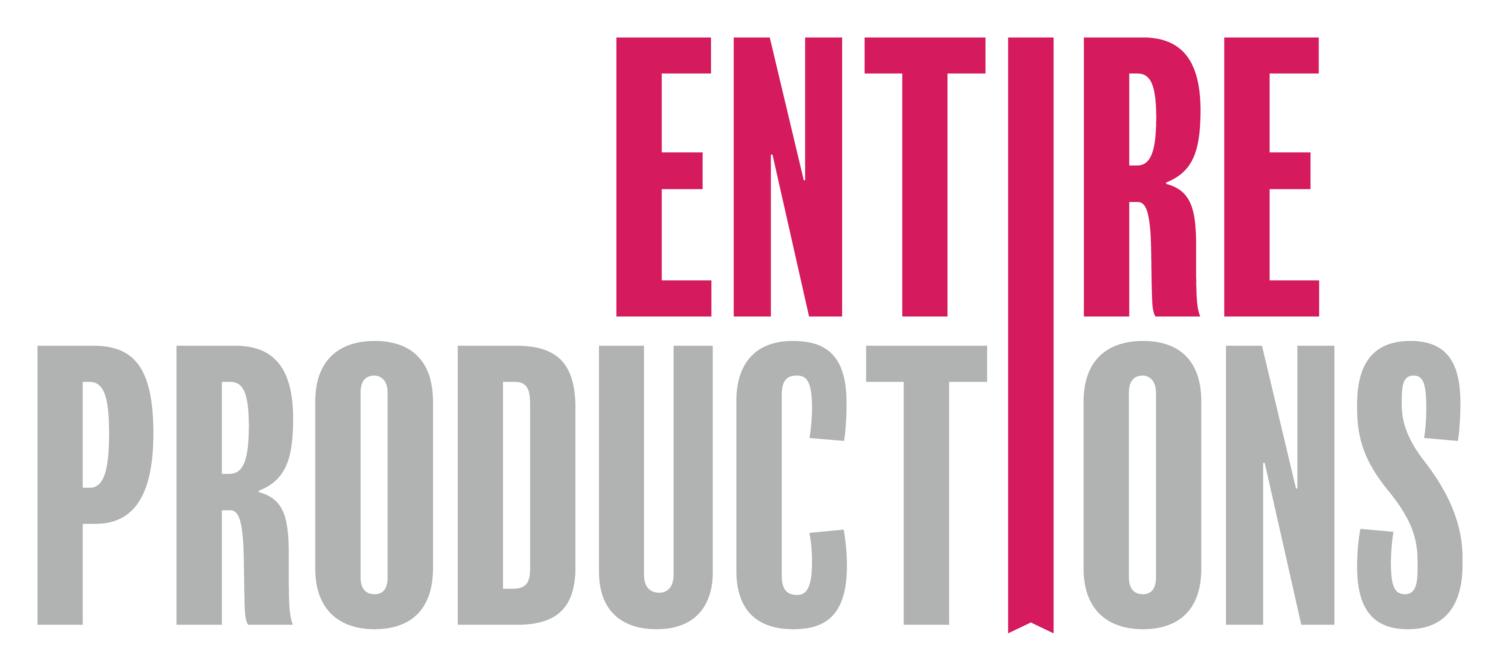How Systems & Processes Can Make or Break Your Event Planning (Here’s What the Pros Do Differently)
PC: @headwayio
Let’s be real, event planning isn’t just juggling a million details. It’s juggling a million details on fire. Between vendor contracts, timelines, event budgets, and team coordination, even the best event professionals can feel overwhelmed without a solid game plan.
That’s where systems and processes come in.
In Chapter 5 of our CEO and Founder Natasha Miller’s new book, Event Corporate Mastery, we unpack how streamlined workflows and smart tools can turn chaos into control, and why your success depends on it. Consider this your sneak peek into how high-performing teams (ours included!) get. stuff. done.
First, a mindset shift: “Efficient ≠ Effective”
Peter Drucker said it best:
“There is nothing so useless as doing efficiently that which should not be done at all.”
Before you build a fancy system, make sure the tasks inside it are actually worth doing. We will explore how to trim the fat, pinpoint what’s broken, and fix it without drowning in documentation.
Step 1: Map the Entire Event Lifecycle
Every successful system starts with a bird’s-eye view. We break down the event lifecycle into three simple phases:
Pre-Event: vendor scouting, budgeting, venue selection, marketing
Execution: day-of logistics and onsite management
Post-Event: event feedback, reporting, thank-yous
Once it’s mapped? You’ll start seeing bottlenecks, overlaps, and gaps you didn’t know were costing you time and energy.
Step 2: Create SOPs (aka cheat codes for your future self)
Standard Operating Procedures might sound boring—but trust us, they’re lifesavers. Whether it’s onboarding a new vendor or launching a marketing campaign, a well-written SOP removes guesswork, reduces errors, and makes delegation way easier.
Think:
Clear steps
Consistent quality
Less chaos when things get busy
And yes, they’re meant to evolve. SOPs are living documents, not set-it-and-forget-it files.
Step 3: Automate the Repetitive Stuff
Reminder emails, registration forms, post-event surveys—why are you still doing these manually?
Tools like Asana, Bizzabo, and Cvent can automate repetitive tasks so your team can focus on high-value work (like crafting unforgettable experiences, not tracking RSVPs in a spreadsheet).
Pro tip from the book: In 2013, we built a custom Salesforce system that helped us manage 777 events in one year with just two ops staff. (Yep, we’re serious… Crazy times)
Process Improvement = Team Empowerment
It’s not just about the system—it’s about the people using it.
That’s a huge theme in this chapter, inspired by Hilary Corna’s “people-first” approach to operations. Want buy-in? Involve your team in creating processes. The result? Systems they’ll actually use (and improve over time).
Tools & Templates That Keep Everything on Track
Figuring out what tools to use for what job can be overwhelming. Here are some suggestions:
Asana: Our personal fave for task tracking and deadline management
Whova, RainFocus, Cvent: Platforms built for event logistics and registration
Downloadable templates: Budgets, timelines, vendor scorecards (Corporate Event Mastery has links to them all)
Ready to Work Smarter, Not Harder?
Chapter 5 of Corporate Event Mastery is all about one thing: making your life easier by building smarter systems. Whether you’re planning 10 events a year or 100, the right tools, templates, and mindset will take you from reactive to proactive.
Want to see how we’ve scaled our operations (and how you can too)? Or discover more tips and tricks for event planning?
Grab the full book at entireproductions.com/mastery and dive deeper into the tools and templates that power successful events—without the chaos.
📚 Out Now! Our Company’s New Book
This blog was inspired by a chapter in our new book, written by our unstoppable CEO and founder, Natasha Miller. If this fired you up, the full book is going to blow you away.
Discover more!
We’re thrilled to share that Kirkus Reviews gave our book an outstanding review!
Check out the full review, but first, here are key highlights:
"Each chapter methodically builds on the last, covering everything from proposal request processes and vendor negotiations to key performance indicators, return on investment, and the integration of artificial intelligence in an event’s planning stages."
"Genuinely useful advice and recognition for members of a sometimes-overlooked profession."


